Ultrasonic Cleaning Technology
Ultrasonic cleaning is one of the ways engine builders can choose to clean parts, but what is it and how does it work? Is it the too-good-to-be-true stuff of science fiction or is it the best technique ever for cleaning the dirtiest of engine components? The truth, as they say, lies somewhere in the middle.
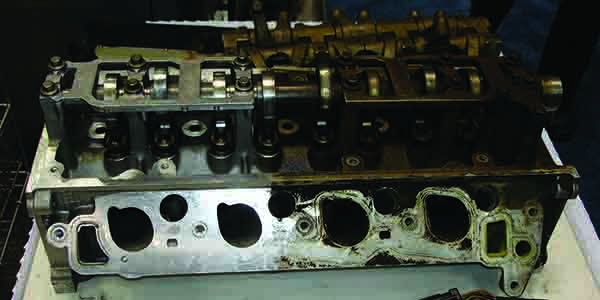
Get’M Garage Launches New Carburetion Products
Veteran product specialists Mike Laws and Trevor Wiggins teamed up to create innovative carburetion solutions designed to rewrite the books on high performance engine fuel delivery.
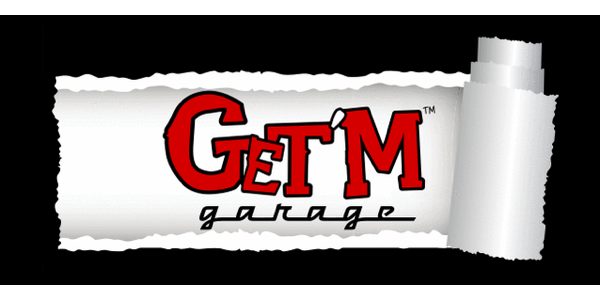
Engine Bearing Technology – The Spin on Spun Bearings
One of the worst failures that can occur inside an engine is a spun bearing. It can happen in a stock engine, race engine, gasoline engine or diesel engine. A spun bearing is bad news because it usually seizes itself around the crankshaft journal. What happens next depends on the bearing’s location.
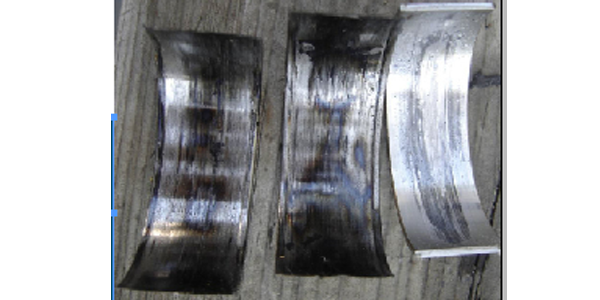
DEI CryO2 Intercooler Sprayer Kit
DEI’s CryO2 Intercooler Sprayer Kit harnesses the super cooling cryogenic properties of CryO2 to dramatically lower intake charge temperatures for more horsepower at lower long term cost than nitrous.
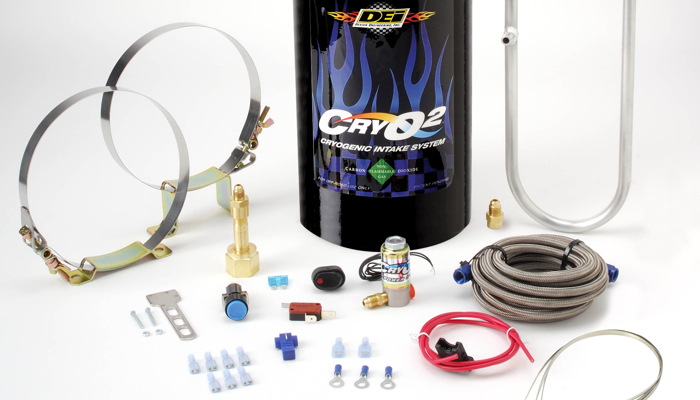
Holley Announces Hooker Blackheart Mustang Giveaway
Hooker Headers wants to put you in the driver’s seat of one of the best sounding pony cars around – A 2015 Mustang GT! With over 435 horsepower and 400 lb. ft. of torque on tap the Hooker Headers Blackheart Mustang is sure to impress and get it done at the track… And you could win it!

Selecting Pushrods, Rockers and Springs for Your Build
Everybody knows you need the right combination of valvetrain components to maximize an engine’s power potential. The trick is figuring out which components are the “right” ones for a given application. A high revving engine with an aggressive cam needs lightweight rocker arms and stiffer valve springs to keep up with the cam.
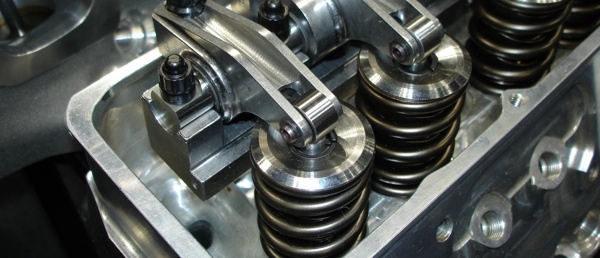
The Evolution of Surface Treatments
In the never ending quest for better performance, durability and reliability, various types of surface coatings and treatments have evolved as solutions for problems that have vexed engine builders for years. Coatings that were once considered exotic race-only solutions are now being used on a wide variety of stock and performance applications. If you’re not
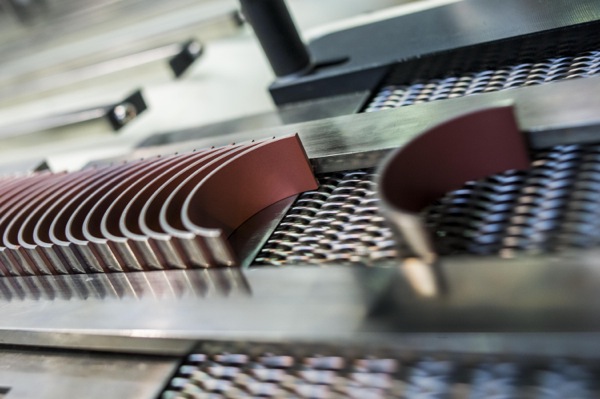
Building Blocks: The Foundation of Any Engine Build
Every engine project starts with the block because the block is the foundation for everything else that follows. The block determines bore and stroke, camshaft and lifter location, oil pump location and oil galley configuration, what kind of main bearing caps can be used to support the crankshaft, and what kind of cylinder heads, oil
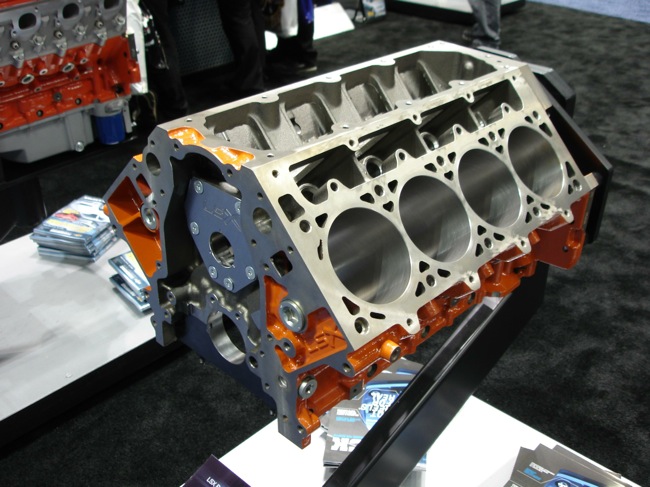
Engine Building Measuring Tools
The French created a measurement system in 1790 called the metric system. While the U.S. has never managed to switch over to it completely, as we were supposed to in the latter half of the 20th century, most automotive techs are familiar with it today because of the fasteners and components on late model vehicles.
Choosing Valvetrain Components: Lifters, Pushrods, Springs & Rockers
The type of parts you ultimately choose will depend on the application (street performance, circle track, drag, marine, etc.) and any rules that restrict the type of camshaft, lifters or other valvetrain components that are allowed. But don’t overlook your customer’s budget. Affordability often limits your choices if a customer just doesn’t have the bucks
HPBG: Racing Piston Technology
Munro had a problem with melting his cast pistons so he kept trying to develop his own out of melted down GM pistons. Today’s piston makers use a little more modern techniques, but the principle is the same: try, test and improve. On the outside, pistons tend to look the same. They are round slugs
Understanding Spark Plug Heat Range
Depending on the engine modifications you’ve made, you’ll need to take a few extra factors into consideration before settling on the right spark plugs. These factors include spark plug seat design, thread length and diameter, and reach. One of the most important—and most misunderstood—factors in choosing aftermarket spark plugs is the heat range. What is
Dyno Decisions Depend on Business Model
If you need a dyno only three or four times a year, you’re probably better off renting dyno time from another facility. If you build race engines for a living, an engine dyno is an essential part of how you do your job and ultimately the value you provide to your customer. So what are
Performance Rocker Arm & Shaft Systems – Time-Tested Technology Provides Proven Performance
The SB Chevy ball and stud stamped steel rocker arms were a revolutionary departure from the shaft mounted rocker arm systems of that era because they allowed it to outrev its competitors. More revs means more airflow and more power. It wasn’t until 1962 that Ford finally dumped their old Y-block 312 rocker shaft engine
Small Block Chevy and Ford Performance Cylinder Heads
Over the years, the SB Chevy V8 evolved and grew in displacement from 265 to 283 to 302 to 327 to 350 to finally 400 cubic inches. Aftermarket blocks and stroker cranks have allowed even more displacement, with some “small blocks” now having as many cubic inches as a big block Chevy (427 and 454
Piston Options and Opportunities
The sport compact market, it was thought, was going to breathe new life into the performance engine market, and for many years, the rapid growth of the market seemed to indicate that there was no limit to how big those little engines could get. Then something happened: to quote Engine Builder columnist and performance expert
Taming The New Tiger
Say the name Arnie “Farmer” Beswick and many an old Pontiac fan will nod and share a story or two about Arnie and his legendary GTO, the Tameless Tiger. About two hours down the highway in Illinois, Jim Riskovsky, owner of Turbo Connection in Edwardsville, IL, is learning to tame his own tiger, his 2005
Fueling the Need for Performance Fuel Systems
Consider this – a high 10 second drag car will burn up one gallon of gasoline in 25 seconds or less, but a car that can run a 7 second E.T. will burn the same amount of fuel in half the time. The physics involved with fuel flow to create horsepower is difficult for even
Race Engine Pistons and Rings
Cubic inches is the name of the game today. The performance piston market is being driven by bigger bore blocks and stroker crankshafts. A few years ago, a 540 cubic inch motor was a monster motor. Nowadays, some professional drag racers are running engines as large as 850 cubic inches, and 600-plus cubic inch big
Alcohol: It
Article by Norm Brandes and Keith McCord Ethanol, or moonshine whiskey has been used as either fuel or liquor since the mid-15th century. The very first patented internal combustion engine was invented by Samuel Morey back in 1826 and ran on a mixture of ethanol, alcohol and turpentine. Fast forward to 1861 where German inventor
